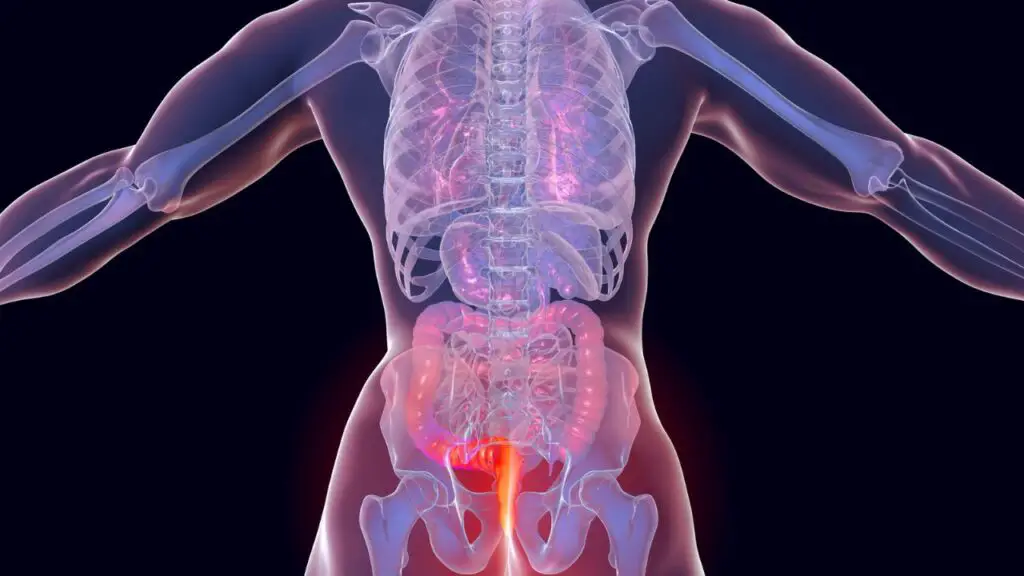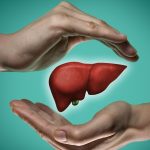Hemorrhoids are vascular anatomical formations, tributary of the upper, middle and lower hemorrhoidal veins, present between the anus and the terminal portion of the rectum and in the anal canal, consisting of cushions of venous tissue supported by elastic and muscle fibers.
In a minority of the population it may happen that the venous plexus dilates, becoming more or less congested and symptomatic, with a tendency to prolapse outside the anal canal and bleed.
Risk factors include bowel irregularity, laxative abuse, hereditary predisposition and, in general, conditions that cause increased intra-abdominal pressure, such as pregnancy, intestinal pathology or pelvic neoplasms.
According to the most accredited theory, hemorrhoids are formed when the support tissue of the hemorrhoidal cushions undergoes deterioration and there is their downward displacement that causes venous dilation, vascular thrombosis, degenerative process of collagen fibers and fibroelastic tissues.
To all this is added an inflammatory reaction involving the vascular wall and the underlying connective tissue, with associated mucosal ulceration.

The most common manifestation is in fact represented by painless rectal bleeding, described by patients as drops of “bright red blood” which can be followed by the prolapse of hemorrhoids, which can cause anal itching, perianal irritation and sometimes a sensation of incomplete emptying.
The hemorrhoidal crisis is typically characterized by rectal bleeding, anal irritation, itching and acute pain. The pain is usually not caused by the hemorrhoids themselves, but by the eventual establishment of a thrombosis or grade IV hemorrhoids with consequent Strangulation hemorrhoids.
Less frequent causes of anal pain are anal and perianal abscesses.
However, the symptoms linked to the actual hemorrhoidal pathology imply bleeding, itching and perianal burning, prolapse, pain and can be caused by internal or external hemorrhoids or both. Internal hemorrhoids mainly cause bleeding, prolapse, tenesmus, in the absence of pain; some patients also complain of mucus loss with defecation.

Strangulation hemorrhoids, how it presents
External hemorrhoids, on the other hand, are clearly evident and manifest themselves with the presence of a painful red-blue perianal swelling, with episodes of bleeding and thrombosis; the pain is usually constant and can become very severe.
Based on their location and the degree of prolapse, hemorrhoids are divided into:
- Grade I: absence of prolapse with hemorrhoids confined within the anal canal;
- Grade II: hemorrhoidal prolapse, during defecation, which spontaneously reduces;
- Grade III: hemorrhoidal prolapse, during defecation, which requires manual reduction inside the anal canal;
- Grade IV: non-reducible prolapse, regardless of defecation.
Since bleeding, pain, itching are not exclusive symptoms of strangulation hemorrhoids but can also belong to other diseases, a correct differential diagnosis must be made to exclude any concomitant or alternative pathologies, (such as colorectal cancer or anal fissures or abscesses and fistulas, warts and skin infections and mycosis of the perianal region) and to set up an appropriate treatment.
The clinical examination consists in an inspection of the perianal region and in the rectal exploration and eventually the proctological examination is then completed with the execution of an anoscopy, which allows to define the degree and presence of complications of the haemorrhoidal pathology.
There are a number of treatments for hemorrhoidal disease, depending on the type and severity of the symptoms. In the less severe forms, lifestyle changes to regularize the intestine and to reduce effort during defecation – with a hydropinic diet, regular exercise and foods rich in fiber – and the application of correct hygiene and behavioral rules are generally sufficient to bring about a remission of symptoms and control of the disease.
In the more severe forms it is instead necessary to associate further treatments, which vary from outpatient procedures (elastic ligation of the hemorrhoids to cause ischemic necrosis, injections of sclerosing agents, cryotherapy, infrared and radiofrequency photocoagulation) to surgical ones (prolassectomy with Stapler or surgery by Longo).
Drug therapy is indicated in mild hemorrhoidal disease (I-II). There are drugs for oral administration, such as oral flavonoids which are venotonic agents capable of increasing vascular tone, reducing venous capacity, decreasing capillary permeability, and facilitating lymphatic and topical drainage, which are often combinations of painkillers, anesthetics, anti-inflammatories. and cortisone with local application in the form of ointments, suppositories, rectal gels.
There are also excellent phytotherapeutic products based on extracts of natural substances, free from any side effect, which intervene directly at the level of the hemorrhoidal plexus veins, with an antithrombotic and venotonic effect, such as for example the Horse Chestnut, which has always been known as the plant for the treatment of hemorrhoids, because the cortex is rich in active substances including aescin useful for microcirculation and flavonoids which perform a soothing action; or the witch hazel which is able to act on the microcirculation and strengthen the connective tissue with an astringent and haemostatic function, venous vasoconstrictor and healing.
Nutrileya, with Nutrilen procto has exploited the characteristics of these two basic ingredients, adding Calendula,






